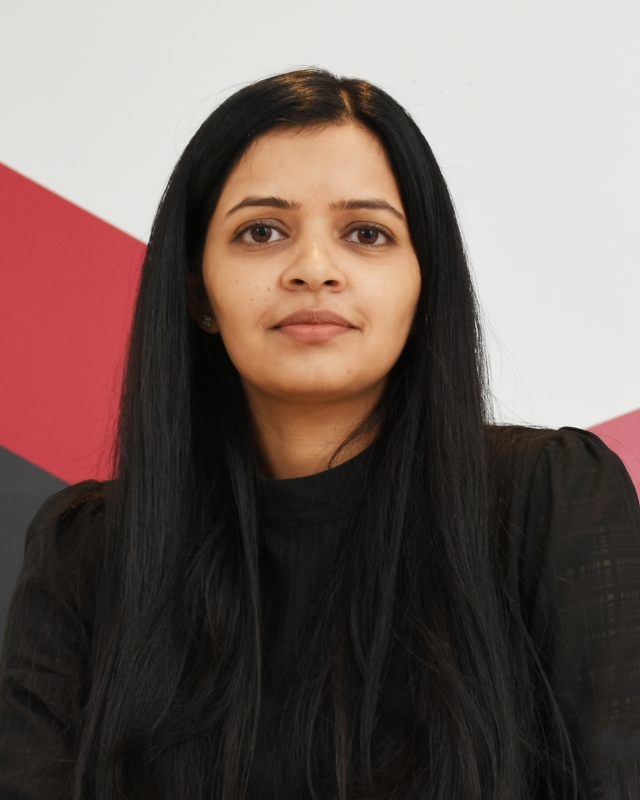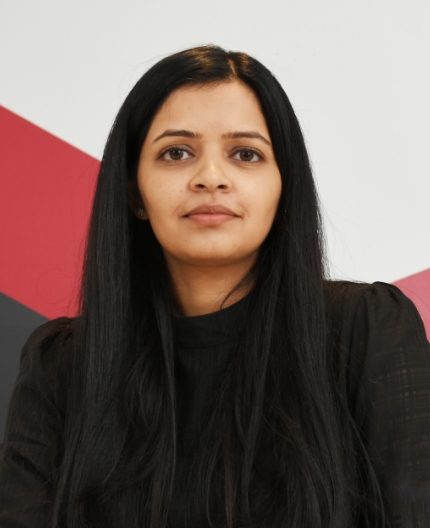Feature Article INDIA: The Rise of a New Economic Superpower 3
The Centre for Social and Economic Progress (CSEP) is a public policy think tank that conducts research on issues facing India and the world. CSEP Associate Fellow Riya Sinha talks about India’s connectivity with neighboring countries, liberalization of the economy, and strategies to attract foreign direct investment.

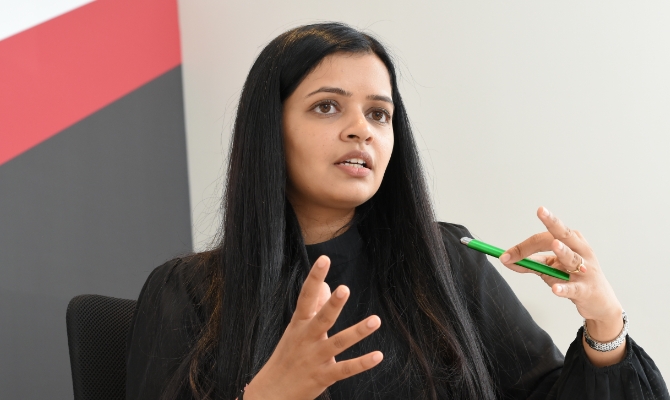
Associate Fellow, the Centre for Social and Economic Progress
Riya Sinha


Therefore, the government realized a need to strengthen manufacturing, and introduced schemes including ‘Make in India,’ with an emphasis on skill development. Another initiative is ‘Atmanirbhar Bharat Abhiyaan,’ which translates to ‘Self-reliant India.’
Manufacturing in India has traditionally not been strong, but certain sectors have developed in recent years, including iron and steel, pharmaceuticals, and textiles.


Recent schemes like ‘Make in India’ have identified 25 sectors, including automobiles, aviation, space, biotechnology, ports and shipping, and roads and highways. It’s a very comprehensive list of sectors where India seeks foreign investment. Thirty years ago, or even 20 years ago, this was unimaginable.
Then there are supporting schemes such as ‘Skill India,’ which is focused on youth, and ‘Digital India,’ that focuses on improving the public digital and financial infrastructure.
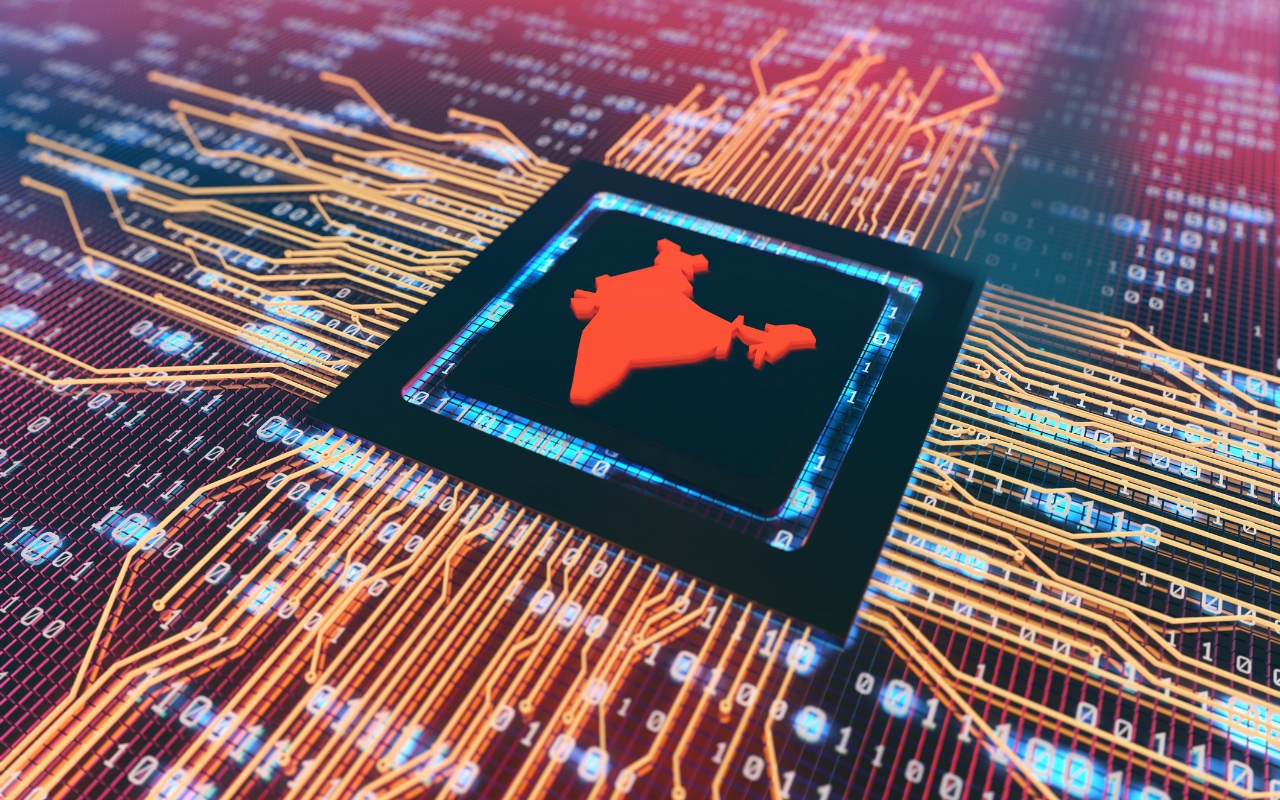
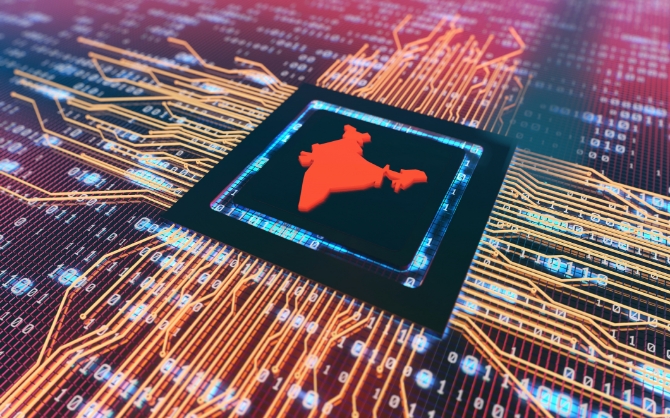






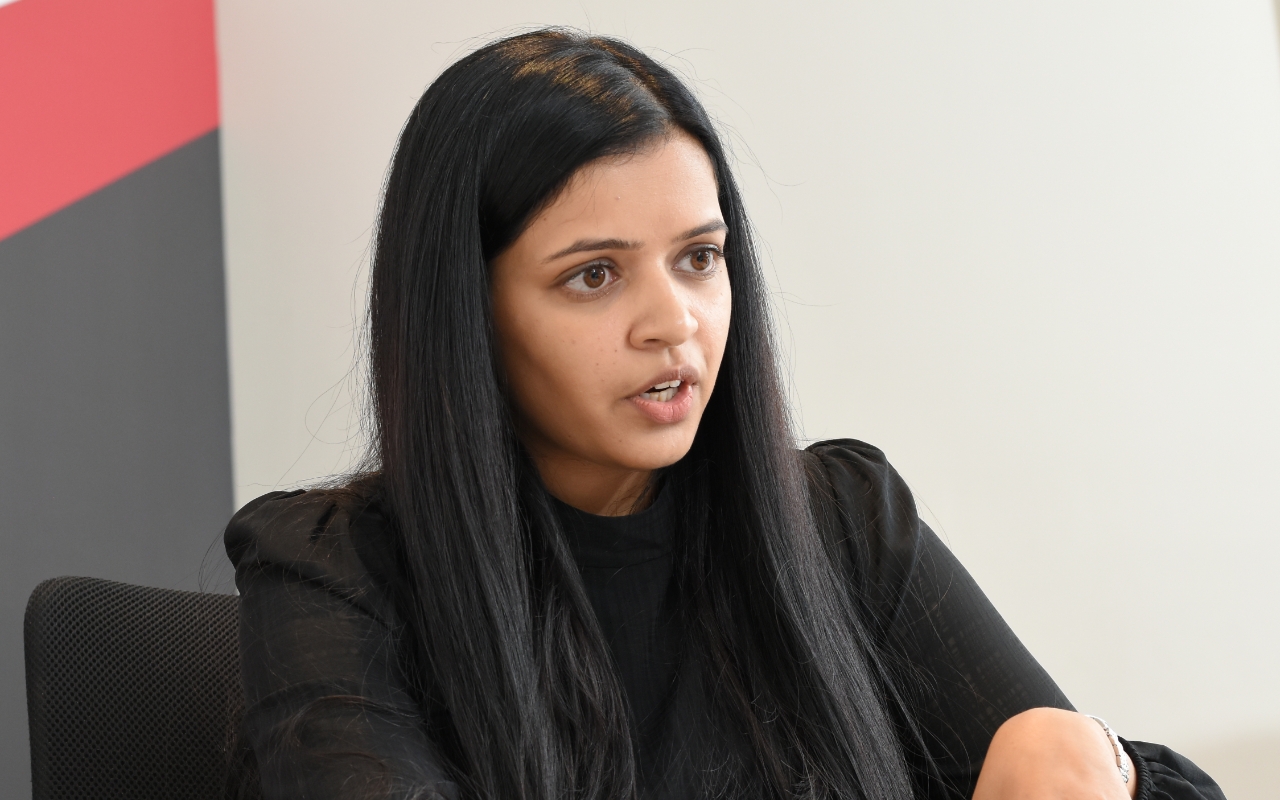
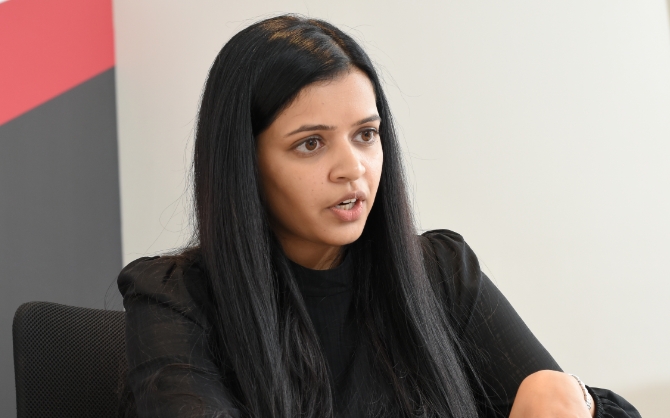


The number of overseas visits and delegations by the prime minister and the commerce minister is at its highest level in 30 years, an indication that India is now open to bilateral FTAs and economic partnerships. It did opt out of the Regional Comprehensive Economic Partnership (RCEP) but it is focusing on bilateral FTAs. Ten years ago, FTA was not a word you would utter in the corridors of the Ministry of Commerce and Industry.


Japan is a regional player in South Asia. Apart from India, it also has a presence in Bangladesh and is in a good position to help develop a regional connectivity plan. Trade with Bangladesh has been growing along with infrastructure linking the two countries in recent years.
At one point, it used to take only one day for goods to move from India to Singapore, but up to five days to Bangladesh, which is next door. Defense manufacturing is another area I see potential for collaboration, especially in unmanned aerial vehicles and robotics, where Japan has expertise.
There is also scope for investments in skill development and capacity building. This is already happening through the Japan-India Institute for Manufacturing, but I think more could be done, particularly through leveraging India’s youthful demographics and Japan’s strengths.
